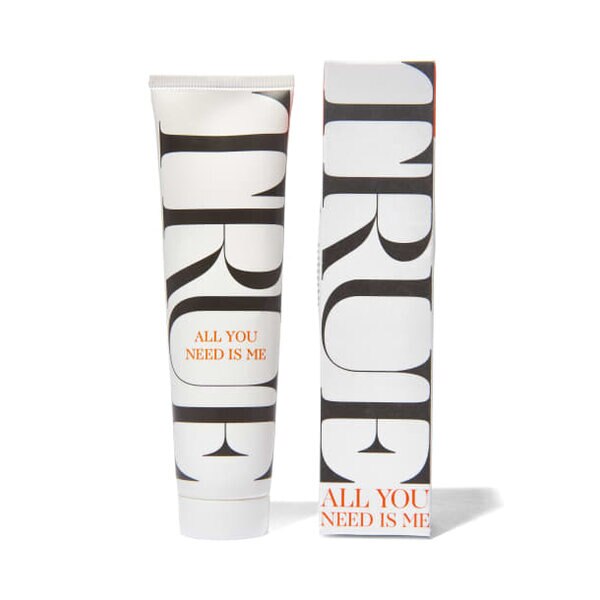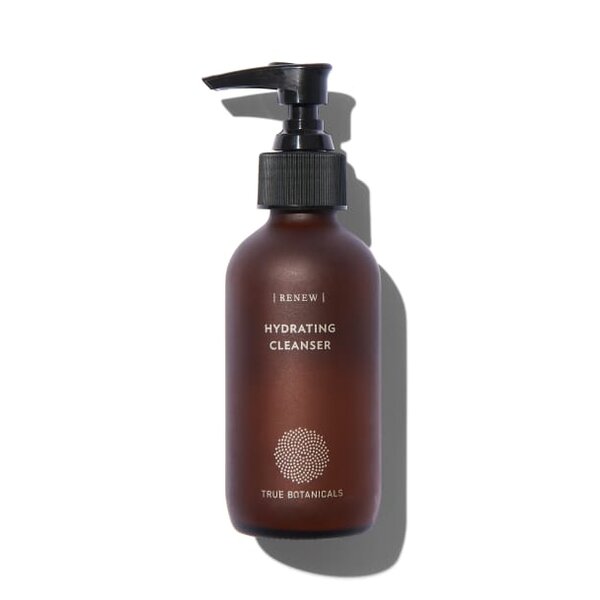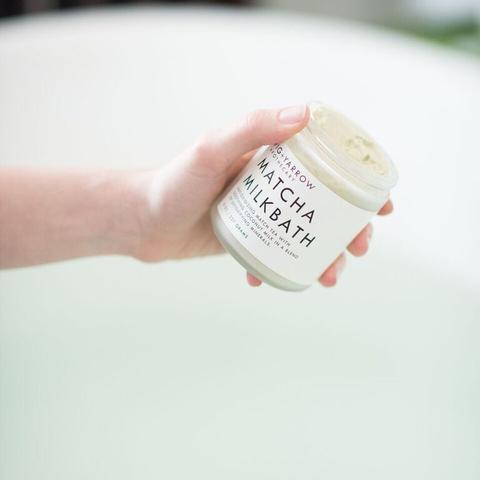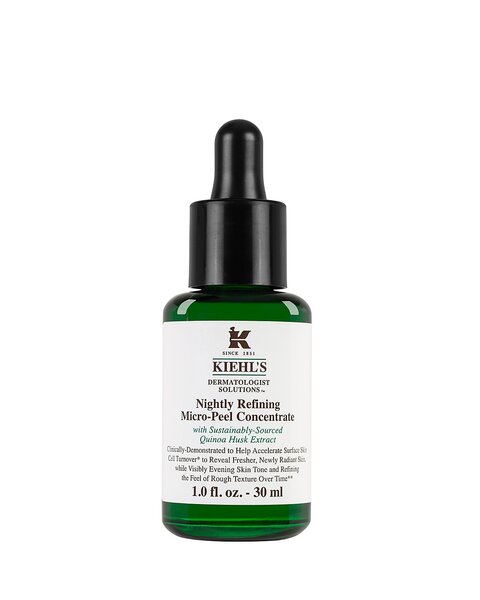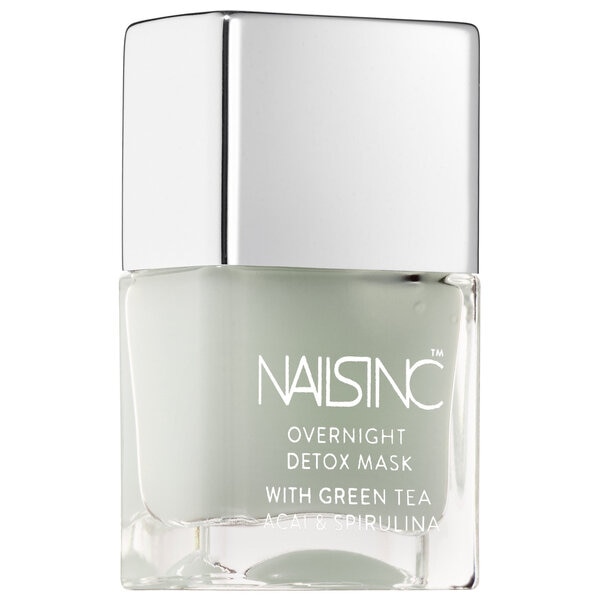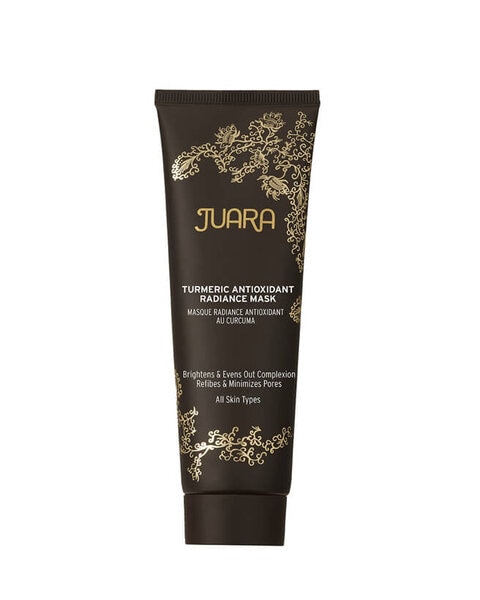Trust Us: You Should Be Putting These Superfoods on Your Face
It's an easy way to clean up your skincare diet.

When shoppers came into Follain, a beauty retailer specializing in nontoxic, natural products, they used to just ask for healthier swaps for the beauty products they were already using.
“Now, all of a sudden, people are coming in and much more specifically asking for something with rose-seed oil in it or something with cranberry in it,” says Follain founder Tara Foley.
Call it the rise of superfoods everywhere, not just in smoothies. It makes sense that superfoods — classified as anything packed with nutritional, antioxidant or other health values — would make their way from the supermarket to skincare. “I think that a lot of people have started to invest time into eating healthier and then all of a sudden using healthy ingredients in your skincare just becomes more intuitive,” Tara says. “Now they’re really seeking out superfoods in skincare.”
At Follain, customers are snapping up products like green tea-infused cleansers and serum, and looking for products with ingredients that they know and love already from their pantry.
There's a reason why these products might be pricier than the drugstore aisle. "Some of the pushback we see in the clean beauty space is why are these products so expensive, and it’s because they’re made with these superfoods," Tara says. "The conventional beauty industry has made their ingredients synthetically as a really cheap alternative to things that can be found in nature."
Think of it as the cost of fast food versus a farm-to-table meal. "You’ll see ‘retinols’ on the front of a face cream bottle," Tara explains. "Retinols can be made synthetically and really cheaply. It’s trying to do the same that rose hip oil does, and that’s actually real and found in nature."
Looking to add a boost of real, natural goodness to your beauty routine? Here's a rundown of superfood ingredients that are making their way into skincare products from A to Z (well, actually A to T, since it turns out zucchini hasn't made its way into skincare products...yet).
1. Avocado
The benefit: Estheticians like love avocado oil for its hydrating and moisturizing properties, thanks to Vitamin E, fatty acids, and phytosterols.
As seen in: Follain's Captain Blankenship Avocado and Peppermint Hand, Cuticle and Foot Balm with avocado oil and shea butter.
2. Blueberries
The benefit: Blueberries earn their superfood cred, with plenty of antioxidants and burst of Vitamin C.
As seen in: Follain's True Organics of Sweden All You Need Is Me cream with blueberry seed oil.
3. Beets
The benefit: Beets are known for their antioxidant properties, which is why it's a favorite for juice lovers.
As seen in: Follain's Tata Harper Resurfacing Mask with beet root extract to resurface skin without redness.
4. Chia Seeds
The benefit: You know and love chia pudding, but have you tried it in skincare? The saturated fatty acids in chia seed oil can contribute to healthy skin cells.
As seen in: Follain's True Botanicals Renew Pure Radiance Oil locks in moisture with chia and kiwi seed oils, passion fruit, and hand-harvested red pond algae.
5. Greek Yogurt
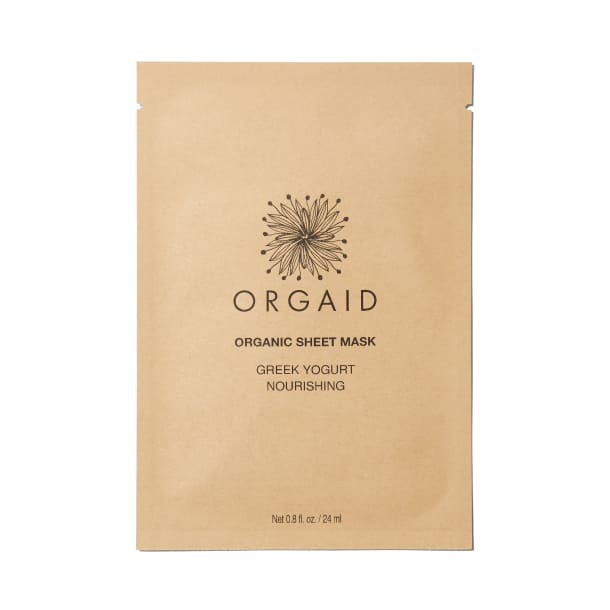
The benefit: Probiotic aren't just for gut health: skincare brands are adding healthy bacteria to their creams and masks.
As seen in: Follain's Orgaid Greek Yogurt & Nourishing Organic Sheet Mask with soothing organic Greek yogurt
6. Green Tea
The benefit: The antioxidants in green tea have shown promise in the fight against acne, and caffeine can stimulate circulation in the skin.
As seen in: Follain's Renew Hydrating Cleanser, which uses green and white tea as its base.
7. Kale
The benefit: Kale yes! Along with putting kale in cold-pressed juice, the Vitamin A in this dark leafy green can be applied topically (it's said to brighten dark undereye circles and to soften fine lines).
As seen in: Youth to the People Kale + Spinach Age Prevention Cream with hyaluronic acid for daily moisture.
8. Matcha
The benefit: This pulverized version of green tea contains catechins, a powerful antioxidant.
As seen in: Fig & Yarrow Matcha Milkbath with soothing matcha and coconut oil.
9. Quinoa
The benefit: Quinoa, the favorite ingredient in Sweetgreen bowls, contains lysine—a building block of collagen and elastin. Vitamin A (which can stimulate the skin to produce new collagen) and ecysteroids (which can help with acne scarring) are alsoamong its many skin benefits.
As seen in: Kiehl’s Nightly Refining Micro-Peel Concentrate uses quinoa husk extract, which is said to increase skin cell turnover.
10. Spirulina
The benefit: This blue-green algae is chockful of antioxidants. Some dermatologists say it also combats acne by eliminating surface bacteria on the skin.
As seen in: NAILS Inc. Overnight Detox Mask with green tea, acai berry, and spirulina to promote healthy nail growth.
11. Tumeric
The benefit: People all over the world have used this golden-hued (and kitchen counter-staining) spice for its health benefits for hundreds of years, but lately scientists are studying tumeric for the treatment of skin conditions like facial photoaging and acne.
As seen in: Juara Tumeric Antioxidant Radiance Mask brightens skin with turmeric, kaolin clay, and candlenut oil.


